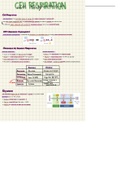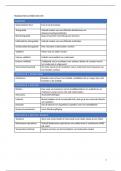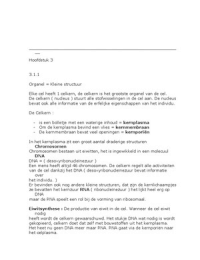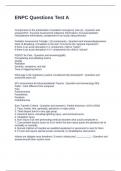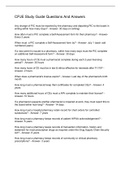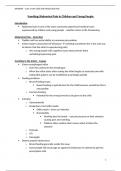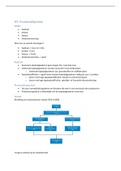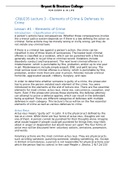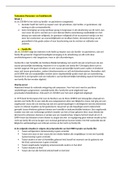Summary
Summary Notes for 2.8 IB Biology
- Module
- Biology
- Institution
- St Clare’s International College, Oxford
Providing an in-depth, complete, and well-written description of IB biology topic 2.8, including all the mechanisms to thoroughly understand cell respiration. It includes diagrams and annotated pictures, and all important key words are highlighted.
[Show more]
